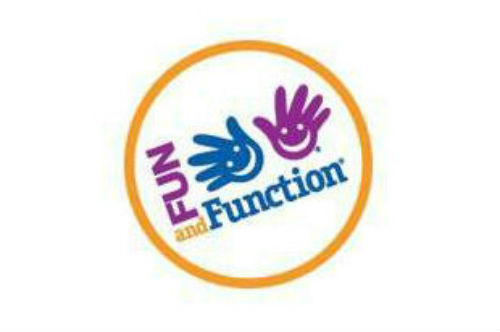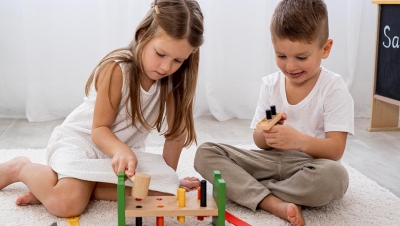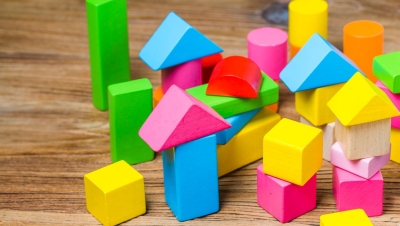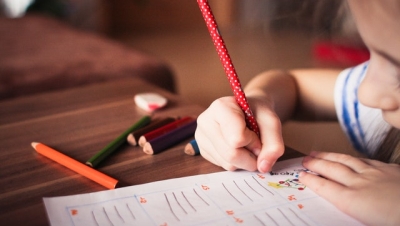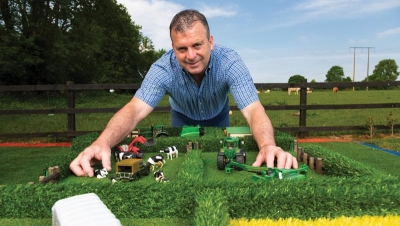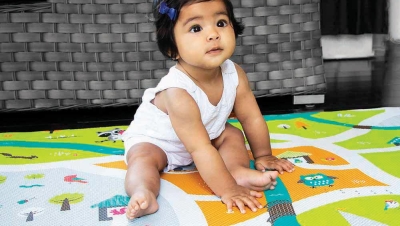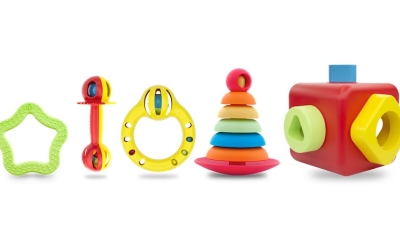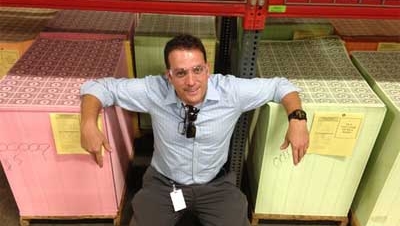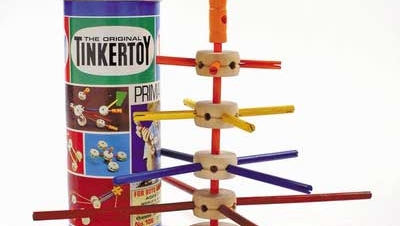Toys
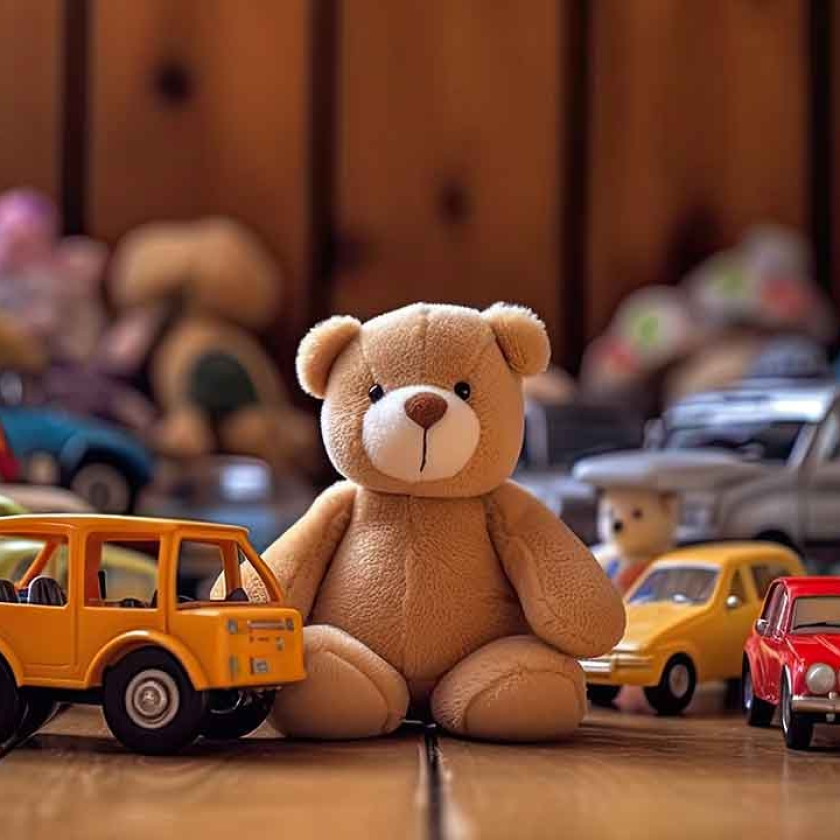
Toys are more than just objects; they're catalysts for children's growth, imagination, and exploration. The toy industry, a sprawling domain of innovation and creativity, continually produces a vast array of toys that spark the curiosity and wonder of young minds. Whether it's building blocks that inspire budding architects, dolls that become companions for storytelling adventures, or educational games that transform learning into play, toys offer countless avenues for children to learn, develop social skills, and craft their unique narratives. Through play, kids not only entertain themselves but also build cognitive and physical abilities, fostering a sense of discovery that sets the stage for a lifetime of learning. The magic of toys lies in their ability to empower children to navigate the world on their terms, nurturing their natural inclinations and providing an endless source of joy and enrichment.




